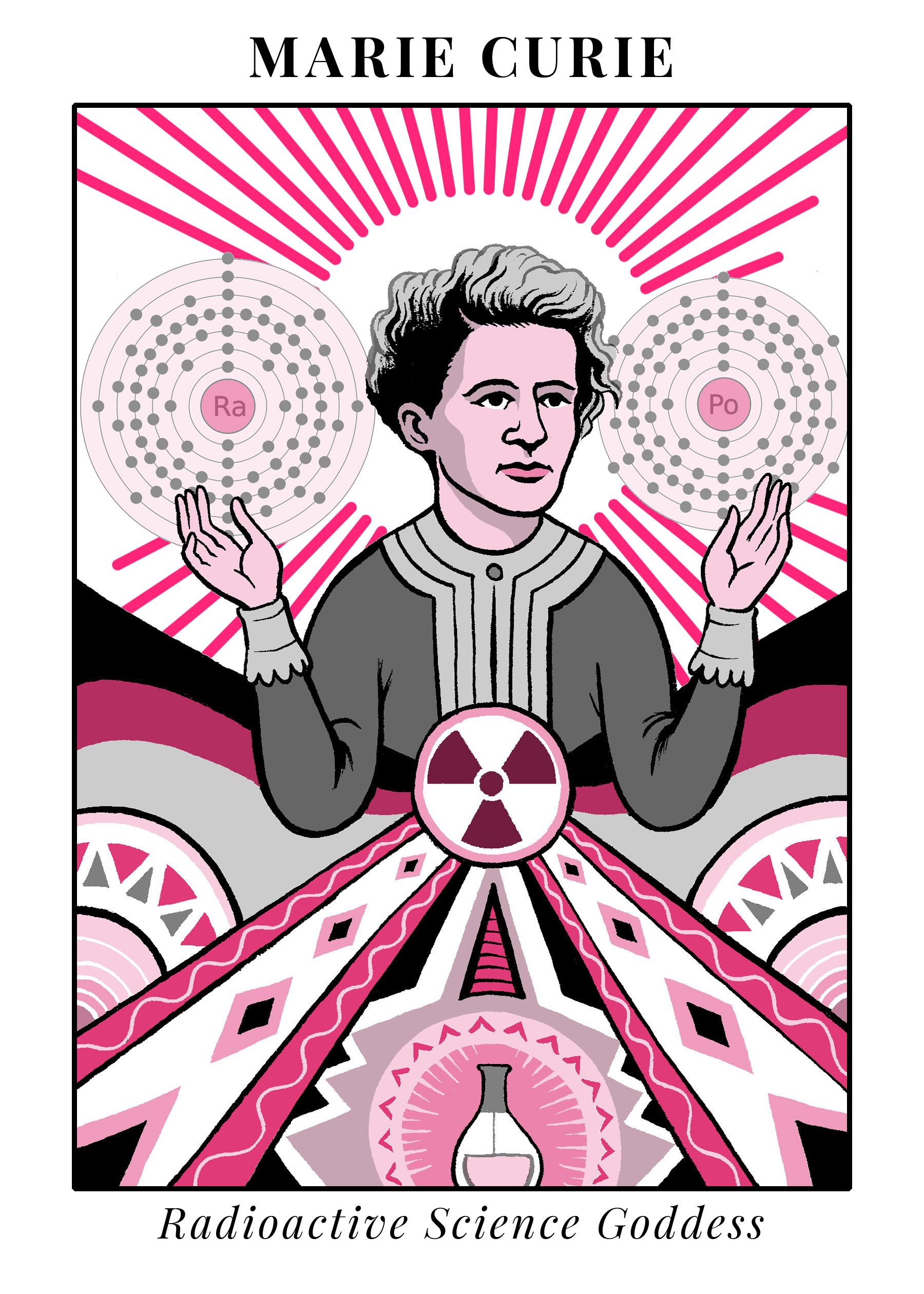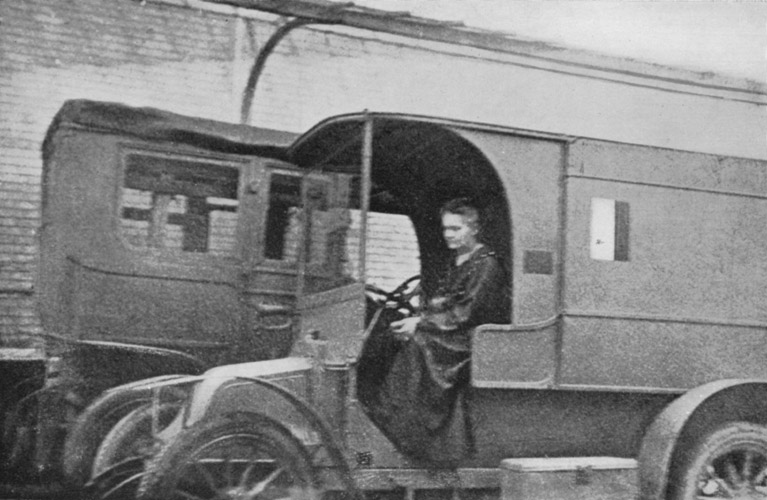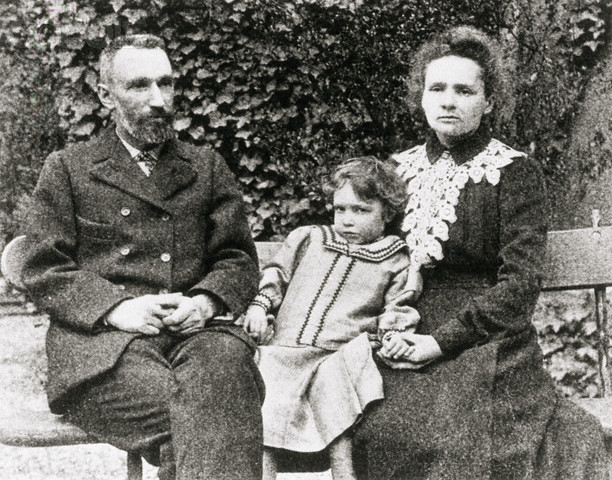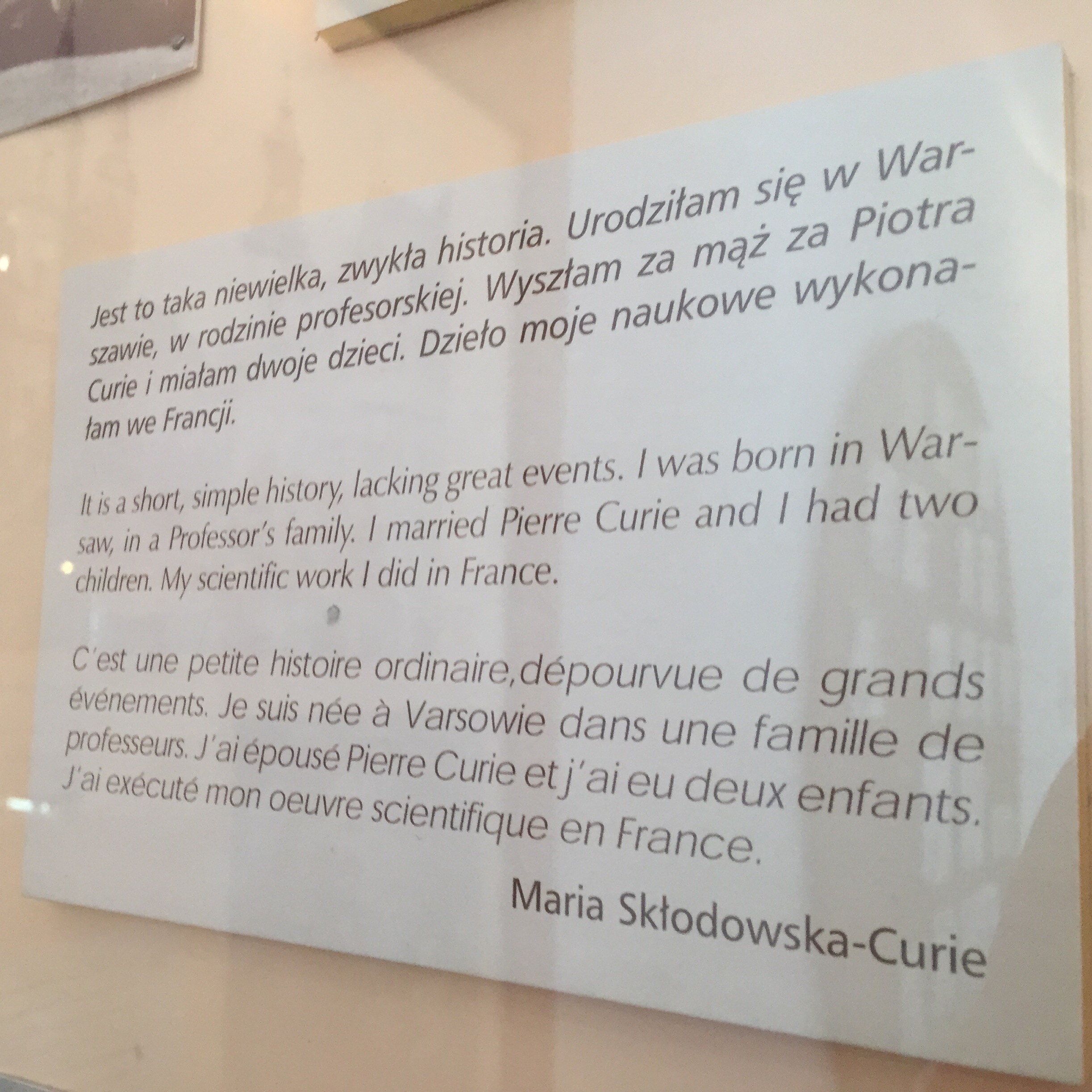5 facts about Marie Curie, chemist, physicist, and Nobel legend
She was the first woman to win one – much less two – Nobel Prizes
In Warsaw, there is a museum dedicated to the life of Marie Skłodowska Curie, located in the house she where she was born. In this museum there is a plaque with a quote from her that says, “It is a short, simple history, lacking great events. I was born in Warsaw, in a professor’s family. I married Pierre Curie and I had two children. My scientific work I did in France.”
Biggest. Understatement. Ever.
1. She’s got a lot of firsts
Sure, she's the first woman to win a Nobel prize. But she was also the first – and still to this date the only – person to win two Nobel prizes in two different science fields. She won the Nobel prize in physics with Pierre Curie and Henri Becquerel in 1903 for their research in radiation. And in 1911, she was awarded a solo chemistry prize for discovering polonium and radium. She is also part of the only mother-daughter team to win Nobels – her daughter, Irène Joliot-Curie, won her own Nobel prize in 1935.

ILLUSTRATION BY MATTEO FARINELLA.
Additionally, Marie Curie was the first woman to be appointed as faculty at the École Normale Supérieure, and then went on to be the first to become a professor at the University of Paris. She was also the first woman to be honored with an interment at the Panthéon – a mausoleum in the center of Paris containing the remains of the most honored and distinguished French citizens.
2. She was a World War I hero
After the outbreak of WWI, Curie saw a need to bring scientific advancement to the front lines. The sooner soldiers could be operated on the better their outcomes, but at the time most diagnostic equipment, like X-ray machines, were limited to city hospitals. She developed mobile radiography units by outfitting cars with X-ray equipment and generators, and then enlisted a group of women, including her then 17-year-old daughter, to run them. These mobile units became known as Petites Curies ("Little Curies").
Curie made 20 mobile radiological vehicles and installed 200 more at field hospitals. Over a million wounded soldiers are estimated to have been diagnosed with her X-ray units.

Une Petites Curie
3. She actually went by her full name: Marie Skłodowska Curie
Even after becoming a French citizen, Curie retained her Polish identity. She hired a governess to teach her daughters Polish, and took them on visits to her homeland. She even named the first chemical element that she isolated in 1898 after her native country, calling it Polonium.
4. She and her husband made a great team
Marie Skłodowska met Pierre Curie in 1894 while she was looking for laboratory space, and found in him a dedicated partner for life and for science. Despite their mutual love and admiration, Pierre Curie had to propose twice before she agreed to marry him – she was still planning to return to Poland. He, however, would not be dissuaded. He told her that he would go to Poland with her, even if all he could do there was teach French. They married in 1895.

Pierre, Irene, and Marie
In 1903, Pierre Curie was tipped off that only he and Henri Becquerel were nominated for the Nobel Prize. He insisted on his wife's inclusion in the nomination. They were inseparable – bicycling, traveling, and discovering elements together – until his death in a road accident in 1906. She was devastated by his death, and carried on with her work in his memory.
5. There was a very public scandal around her second Nobel prize – and not because of the science
With the Nobel committee poised to honor her with her second Nobel prize, this time in chemistry, she became the unlikely center of a sex scandal.
She had been seeing physicist Paul Langevin, a former student of Pierre Curie, for about a year. The problem was that he was married at the time, and his wife was not keen on the arrangement. Madame Langevin chose to reveal the details of the affair publicly only a few days before Curie's second Nobel prize was announced. At first, the public derision looked like it might be enough to keep her from claiming the prize in person. But an encouraging letter from Albert Einstein helped – she made her way to Sweden to dine with the king.
